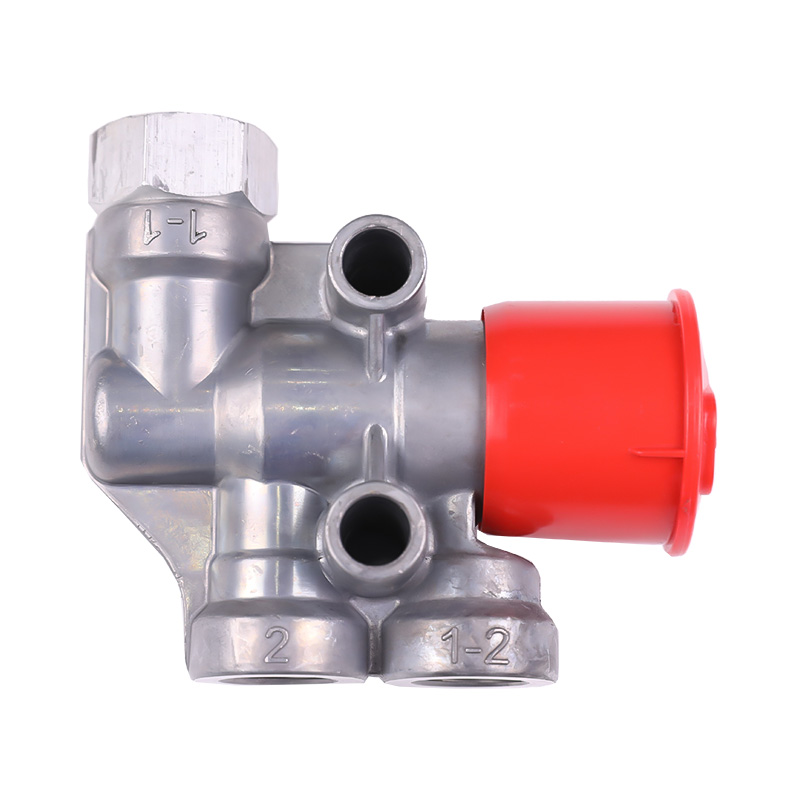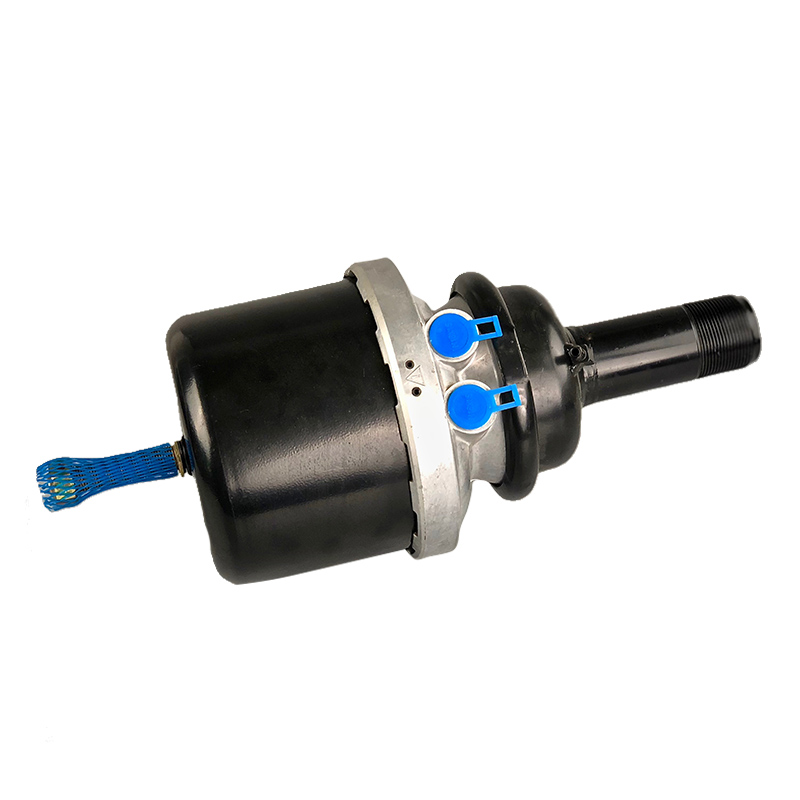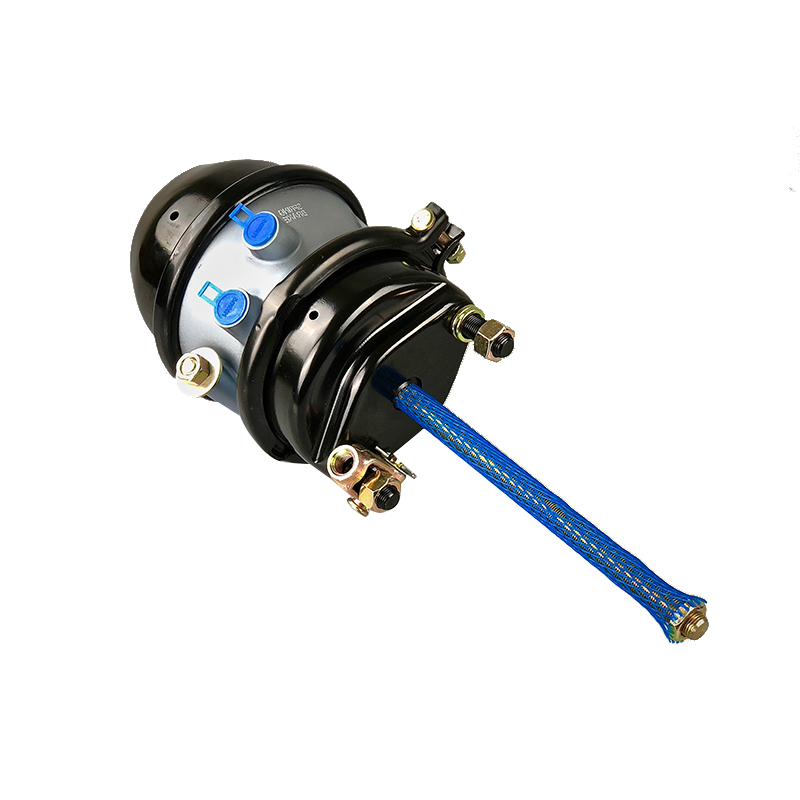The handbrake valve is a core control component in the vehicle's braking system, and its operational performance directly impacts vehicle safety and the driving experience. Proper operating torque design is crucial for ensuring the functional reliability of the handbrake valve. In professional design, operating torque not only affects driver comfort, but also system durability, braking reliability, and driving safety.
Operating Torque Definition and Function
Operating torque refers to the force applied by the driver when operating the handbrake valve lever or knob multiplied by the length of the lever. Proper torque design ensures that the driver can smoothly brake and release the vehicle under various operating conditions. Excessive operating torque can lead to misoperation or insufficient braking, while excessive torque can increase driver fatigue and even cause improper operation, posing a safety hazard.
Driver Ergonomic Considerations
The design of the handbrake valve operating torque must fully consider driver ergonomics. Excessive torque applied during prolonged or frequent operation can cause wrist and arm fatigue or even injury. Professional designs typically reference ergonomic standards to determine an appropriate operating torque range, ensuring safe and easy operation for drivers of varying heights and body types.
Brake System Pressure Characteristics Matching
The operating torque of the handbrake valve is closely related to the internal pressure of the brake system. When operating the handbrake valve under high pressure in a hydraulic or pneumatic brake system, the valve core must overcome the system pressure to open or close smoothly. Therefore, during the design process, the appropriate valve core size, spring stiffness, and seal material must be selected based on the system's maximum operating pressure to ensure that the operating torque remains within a reasonable range while ensuring sufficient braking force and reliability.
Spring and Friction Resistance Design
The spring is a core component of the handbrake valve, and its stiffness directly affects the operating torque. During design, calculations and testing are required to determine the spring constant so that the operating torque prevents accidental valve retraction without placing excessive strain on the driver. Furthermore, internal friction within the valve body is a key factor; excessive or insufficient friction can affect the stability of the operating torque. Friction material selection, lubrication method, and surface treatment are important measures to ensure safe and reliable operating torque.
Environmental and Temperature Adaptability
Handbrake valves are often used in a variety of climates, including high and low temperatures, high humidity, and dusty environments. Operating torque design must consider the impact of temperature on seal and spring performance. In low-temperature environments, seals may harden, increasing friction and consequently increasing operating torque. High-temperature environments may cause spring relaxation or seal expansion, reducing operating torque. Designs should select high- and low-temperature resistant materials and verify operating torque stability through temperature cycling tests to ensure vehicle operational safety in various environments.
Long-term Durability and Safety Redundancy
Handbrake valve operating torque design must account for performance degradation over time. Frequent operation and high pressure can cause spring fatigue, valve core wear, or seal aging, resulting in changes in operating torque. Professional designs typically incorporate safety margins to ensure operating torque remains within a safe range even after component aging. Regular maintenance and inspection are also crucial measures to ensure safe handbrake valve operating torque.
Anti-Incorrect Operation and Emergency Safety Design
Handbrake valve operating torque also serves to prevent incorrect operation. A minimum operating torque must be set during design to prevent the valve from opening or closing due to minor contact or accidental impact. At the same time, in an emergency, the driver should be able to quickly apply the handbrake, ensuring both rapid response and stable control. This redundant safety design is particularly important for heavy-loaded vehicles, long-distance transport vehicles, and vehicles operating under special conditions.






